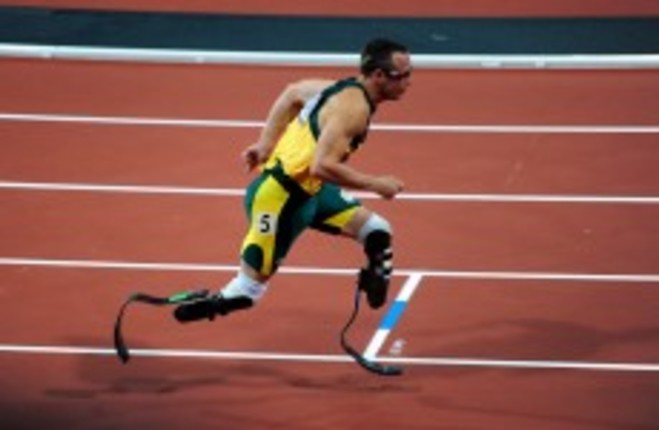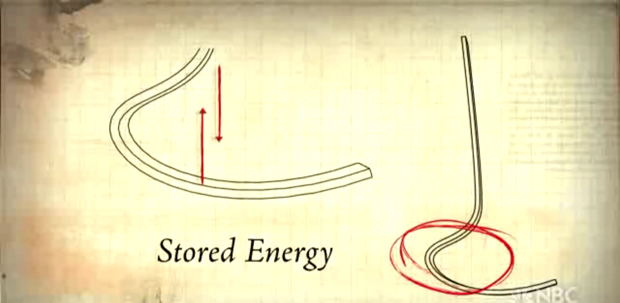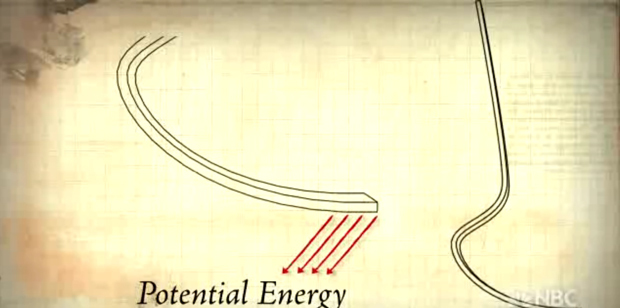
- Australia's largest state hits record-high COVID-19 cases despite weeks of strict lockdown. 'It's a tinderbox ready to explode,' one official said.
- eToro says crypto made up 73% of trading commissions in the last quarter, as retail customers dived in
- A flight attendant says she was too exhausted to report a passenger who shoved her when a flight was overbooked: report
- US jobless claims climb for first time in 5 weeks, to 353,000
THE PARALYMPIC GAMES officially open this evening, but the most famous Paralympic athlete in the world has already grabbed the spotlight in London.
Thanks to incredible technological advancements to prosthetics, Oscar Pistorius was able to qualify for the Olympics, and other amputee sprinters are closing the gap between themselves and able-bodied athletes.
In Paralympic running, each athlete uses custom-built prostheses that are tailored to their unique running styles.
The one’s Pistorius uses are called the Flex-Foot Cheetah, and they’re made by Ossur.
Here’s how they work:
First thing’s first, it’s not a bionic leg. There’s no electronics or sensors or magnets, just a simply-shaped spring that stores energy and uses it to propel the runner forward.
When the runner’s foot hits the ground, the blade compresses like a spring, storing potential energy.
Then it rebounds to push the runner forward using 90% of the energy generated by a runner’s stride.
It’s amazing. But still, able-bodied athletes can produce up to 240% of the energy generated by their strides. So while the blade is successfully able to mimic how an able leg works, it’s not nearly as efficient.
In addition, amputee runners have to use a whole different set of muscles to move around the track, according to LiveScience. Runners like Pistorius have to use their core muscles to turn, whereas able-bodies runners just pivot their ankles to turn:
So while the prostheses are made of carbon fiber and are custom-built for each runner, the mechanism that they use is rather simple.
These things aren’t perfect. They’re super expensive, and the design is such that the athlete can’t stand still for long while he or she has them on.
But the success of Pistorius shows that science and technology is slowly coming up with the innovations necessary to erase the disparity between amputee and able-bodied athletes.




